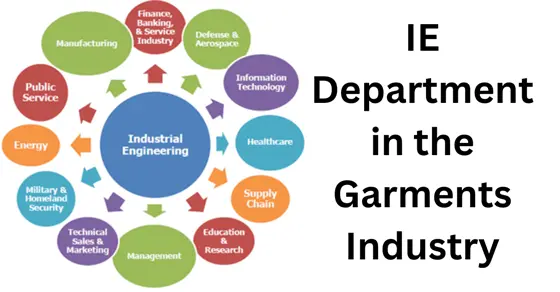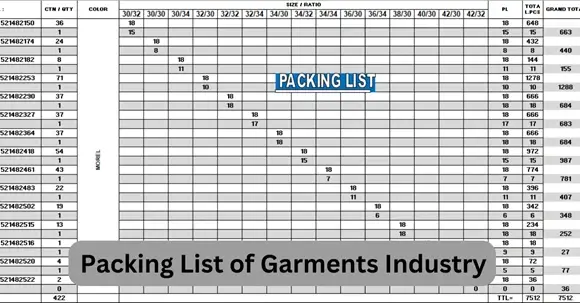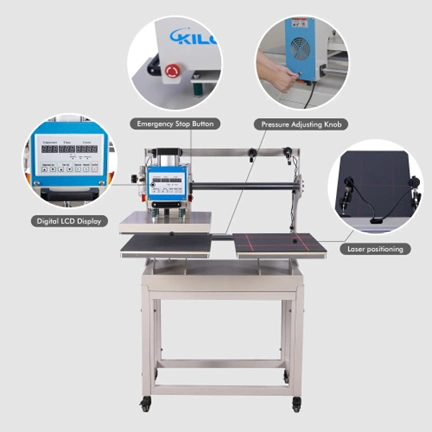IE Department in the Garments Industry
IE Department in the Garments Industry
IE is the Industrial Engineering department in the garments industry. They lead and control the sewing and other operations. Improve processes in the production floor by implementing Lean tools and IE methods. Analyze bottleneck areas in the production line and develop countermeasures to ensure smooth material flow. In this article, we discuss on IE Department in the Garments Industry.
They are result-oriented creative individual with work experience in multicultural environments. Directly worked with Toyota consultants to implement Lean Manufacturing System in the organization. Data and fact-driven mindset with an emphasis to turn data into information, information into insight and insight into business decisions. Specialized in implementing SOPs, Processes, Methods and Tools to roll-out and building the organizational structure for smooth operation to achieve the long term company’s goal, mission & vision.

Key Task of IE Department in the Garments Industry
- Operation breakdown and make paper layout. Machine layout preparation, line SMV and efficiency calculation.
- Proper line balancing by given and taken operator from others line. 3.Process development, line target set up, method study, time study, motion study, to identify bottle neck areas and solve problems of line
- To ensure smooth production flow, calculate non-productive time, and reduce defects and wastage.
- Floor monitoring, machine operator recruitment by skill test and grading, to train, motivate and guide production in-charge, line chief, line supervisor, workers for better production & efficiency and any, other task given by the Department.
Daily Routine Job Responsibilities of Industrial Engineering department in the garments industry:
- Check absenteeism report and cooperation line chief for set the right operator in right place.
- Proper line balancing by given and taken operator from others line.
- Motion analysis of an operator for reduces his/her unnecessary working time.
- Make new style layout.
- Follow up process wise hourly production and find any problem then apply techniques for solution.
- Daily production efficiency report prepare.
- Measuring line lost time due to various reasons in sewing floor such as input delay, feeding delay, bus late, Machine break down, printing delay etc.
- Checks the machine break down report and discuss with mechanic to machine reduce production lost time by repairing machine quickly.
- Every month line wise machine list prepare.
- New style wise machine and folder analysis report prepare.
- After line feeding I check process wise cycle time by using stop watch to make actual lay out.
- If I find out low skill operator then I using techniques such as production study, time study etc. to improve his/her skill.
- Recruitment of new operator/helper take interview.
- Process flow mapping of current status to future status by eliminating non- value added activities.



